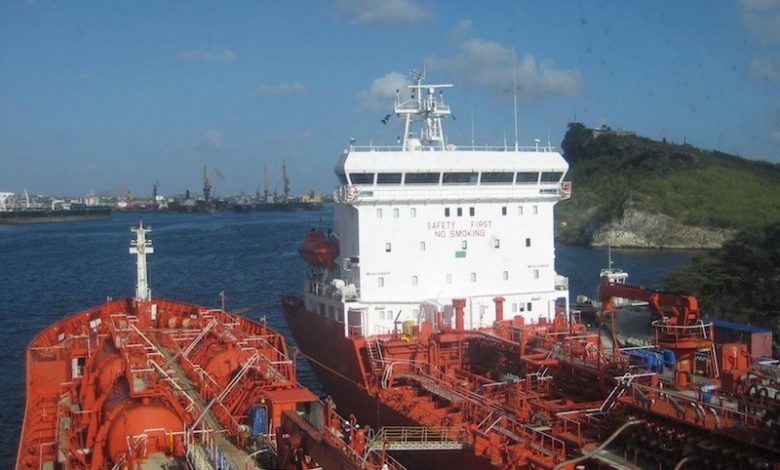Chemical tanker owners confront ‘second wave’ impact of coronavirus

China’s economy may be coming back online but the sector faces uncertain demand, weaker freight rates and asset prices, writes Stuart Nicoll from Maritime Strategies International.
The chemical tanker sector could be considered in the front line for impact from COVID-19 due to widespread disruption to economic activity in the manufacturing sector. However, the diverse nature of the cargoes carried means the situation thus far is nowhere near as bad as might be expected.
When the full force of the COVID-19 outbreak hit China in February and March, the country’s production and demand for chemicals slowed, with plants shutting down or reducing operating rates to alleviate oversupply. However, some recently commissioned plants continued to operate, boosting domestic organic chemical supply.
Overall, the impact on the chemical tanker sector so far has been limited, with some decline in spot rates in $/T, which has been more than offset by collapsing bunker prices. Few chemical tankers have scrubbers installed meaning most operators benefited from weak low sulphur heavy fuel oil prices. Indeed, with freight rates still decent in April, shipbrokers remained upbeat on the sector.
This does not mean the chemical tanker market has emerged unscathed from the crisis. The Chinese economy may now be largely back online, but the focus is now shifting elsewhere, with widespread destruction in demand for manufactured goods expected to produce a sharp reduction in chemical sector output across the globe in Q2 and Q3.
Panic buying and lifestyle adjustments increased short-term demand for packaging and hard plastics, but these will be dwarfed by lost consumption of clothing, auto parts, white goods, etc, which may only slowly recover when lockdown ends.
Though there will at some point be a release of pent up demand — a recent global poll revealed a large majority of people surveyed planning to hit the shops as soon as possible — a bigger concern is the impact on consumer spending of high levels of unemployment in, for example, the US and UK. We expect a sharp net year-on-year drop in container trade over the northern hemisphere summer, to add to that already lost, and many of the goods not being produced would have required inputs from the chemical industry.
A poorer and more cautious consumer will potentially emerge from isolation over the coming months, while governments will have to find some way to raise taxes to pay for the COVID-19 fallout. Everything points to lower spending power for some time to come.
Looking at the full spectrum of cargoes available to the chemical tanker sector, we currently anticipate a net decline in trade of 5.6 MnT this year (-2.2%). Assuming a broad economic recovery, a strong rebound is expected next year (+5.9%) and a return to steady growth thereafter.
Ironically, after many years in the doldrums and with hopes of recovery perennially dashed, the chemical tanker market was showing strong signs of recovery over the winter of 2019/20.
Spot rates in $/T and 1 Yr T/C rates improved further at the start of the year. Among other positive indicators, this had been expected to be a good year for trade into China. Indeed, on March 2nd, the Chinese government began implementing tariff exemptions on 700 US products.
Nevertheless, optimism is now fading. Evidence of a correction to chemical tanker freight markets grew as May progressed. This will only be the start. Reduced demand for all chemical tanker cargoes will translate into a fall in timecharter rates for all small to medium-sized vessels in the coming months, obliterating the increase in rates in our previous forecast.
One bright spot is that chemical tanker market balances will be supported by the reduction of swing tonnage due to strength in the clean product tanker market. The largest, simplest, chemical tankers will enjoy a boost to earnings while the oil sector boom lasts.
